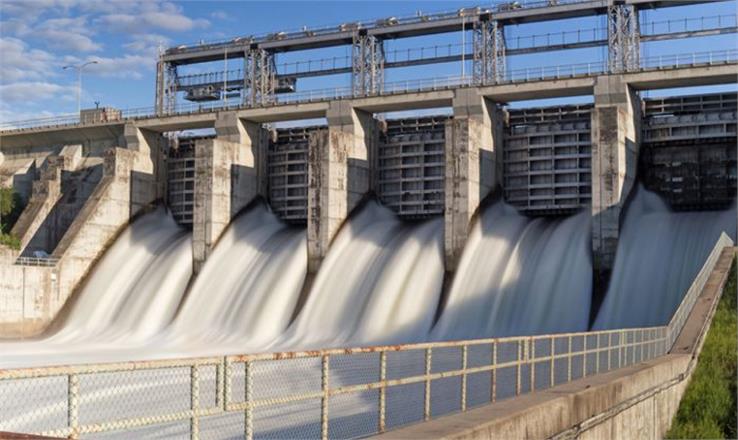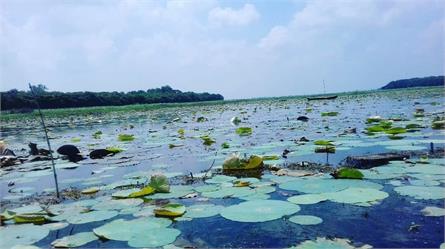Pong Dam: Water Management In Kangra , Himachal!

The Pong Dam or the Beas Dam is a remarkable example of human creation and environmental preservation in northern India. The Kangra multipurpose dam is a remarkable example of water resource development and environmental sustainability in Himachal Pradesh in Kangra district. However, the Pong Dam acts differently, serving as a reservoir for irrigation and electricity generation and a habitat for the region’s unique biodiversity.
Historical Significance Of Pong Dam
The Pong Dam project was first proposed in the early 1960s when the Beas River was used in the watershed. The dam was designed to prevent flooding problems, irrigate the dry land below, and generate electricity. Completed in 1975, it was an engineering marvel, putting India on the path to water management and long-term development.
Pong Dam Ramsar Site
The Pong Dam Lake in Himachal Pradesh became targeted as a Ramsar site on August 19, 2002. The site is significant for its avian habitats and is situated on the trans-Himalayan flyway. It is home to over 220 bird species, such as 54 species of waterfowl. The Pong Dam Lake additionally has hydrological values consisting of flood prevention, groundwater recharge, and soil erosion prevention. Additionally, it helps power generation, irrigation, and a beneficial fishery that employs lots of fishermen.
Impressive Temples With Mystery
Pong Dam Temple History
Pong Dam temple, also known as Bathu Mandir or Bathuki Ladi, is a group of temples in Kangra. These temples were submerged in the Maharana Pratap Lake, a reservoir created by the Pong Dam in the 1970s. Accessible from May to June only at low tide.
The origins of these temples are steeped in local customs and beliefs. According to one story, it was built by a local king who ruled the region. Another belief is that the Pandavas built temples during the Mahabharata period. It is said that the Pandavas tried to construct a stairway to the heavens in the nearby stone temples of Masarur but were stopped by Indra. However, they managed to build a ‘Stairway to Heaven’ at the Bathu Ki Ladi temples, where the staircase can be seen today.
Features of Pong Dam
1. Irrigation system
The primary purpose of Pong Dam is to provide irrigation water. The reservoir covers an area of 42,000 hectares and is believed to have boosted regional agricultural production significantly. The water from the Pong Dam employs thousands of farmers who grow their crops locally and increase agricultural production, thus raising rural livelihoods
2. Hydroelectric power generation
Pong Dam has a hydroelectric power plant that generates electricity. It is a green energy source that reduces the region’s reliance on fossil fuels and greenhouse gas emissions.
3. Wildlife protected areas
The Pong Dam Wildlife Sanctuary covers a large area around the lake and was established in 1983. It is home to various terrestrial animals, such as elephants, sambar deer, and wild boar, and has played an essential role in ecosystem conservation in the region.
Challenges and Sustainability
The Pong Dam undertaking has added approximately plenty of benefits, but it has also encountered demanding situations throughout the years. The reservoir is endangered due to siltation, pollution, and invasive species. Monitoring and mitigation efforts are needed to manage the dam and its surrounding ecosystems.
Current efforts have been made closer to sustainable water control and biodiversity conservation to deal with these demanding situations. Development of conservation strategies, habitat recovery, and educational packages have concerned neighborhood communities, non-governmental Organizations, and authority agencies.
The Pong Dam marvels at how human engineering can stay with the surroundings. It resources irrigation, strength, and flood management even as performing as a sanctuary for various wildlife. As a fairy tale of Pong Dam, it illustrates the need for sustainable development and the harmonious existence of human beings with nature. The Pong Dam task is a working example of capacity destiny projects for India to cope with its water management and conservation demanding situations.










